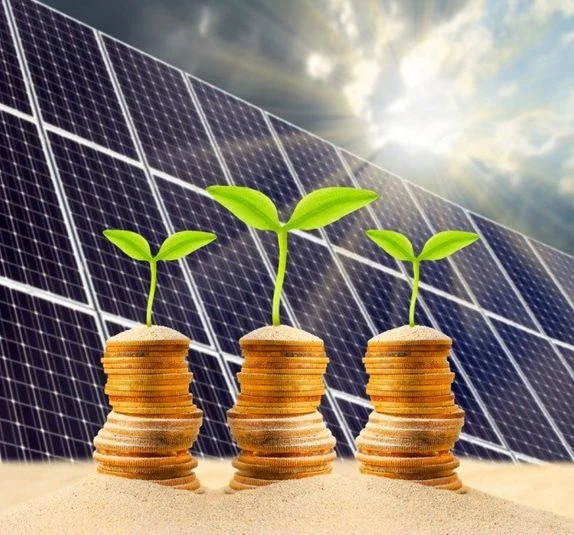With demand for metals increasing amid a global energy transition, boosting solar panel recycling could give the industry the convenience and flexibility to meet its renewable energy goals over the coming decades.
The energy research company, Rystad Energy, expects – in a report issued, on the evening of Wednesday, July 6, 2022 – the value of recyclable materials from photovoltaic solar panels – at the end of their life – to rise to more than 2.7 billion dollars by 2030, compared to 170 million dollars. Only this year (2022).
The trend is likely to accelerate in the coming decades, bringing the value of the solar panel recycling market close to $80 billion by 2050, according to the report, details of which were followed by the Energy Research Unit.
Recycling Of Solar Energy Components
Recycling of solar PV panels is still in its infancy, but is expected to play a major role in the energy transition, with solar waste estimated to grow to 27 million tons per year by 2040.
Rystad Energy predicts that recyclable materials from solar panels could account for 6% of solar investment by 2040, compared to just 0.08% today.
The rapid growth of solar capacity and improved recycling technology could help benefit from recycling solar panels that have reached the end of their lifespan, rather than putting them in landfills, according to the report, seen by the Energy Research Unit.
The demand for materials and metals used in solar panels is set to rise with the energy transition, especially under the International Energy Agency’s carbon-neutral scenario, which requires solar energy to contribute 40% of global electricity generation by 2050, which supports recycling, amid supply disruptions. .
China Benefits From Recycling
By assuming a 15-year lifespan of the solar panel and analyzing installation activity in the current year (2022), Rystad Energy has identified the regions and countries that will benefit the most from recycling PV solar panels by 2037.
China is set to account for 40% of global solar energy installations in 2022, which means that the estimated recycling value will reach $3.8 billion out of the global total of $9.6 billion by 2037.
India ranks second in the value of the solar panel recycling market with about $800 million, followed by Japan with about $200 million, according to the report.
After Asia, the value of recyclable materials from solar panels in North America and Europe is expected to be around $1.5 and $1.4 billion, respectively, by 2037.
Recycled Metals In Solar Panels
Aluminium, silver, copper and polysilicon are the most valuable metals when recycling solar panels, while glass represents the largest volume that can be recycled, but the resale value is relatively low.
Rystad Energy’s 1.6°C scenario estimates that the photovoltaic recycling industry could provide 8% of the polysilicon, 11% of aluminium, 2% of the copper, and 21% of the silver needed to generate 1.4 TWh of solar energy by 2035.
Recycling can ease pressures on the mining sector and reduce the carbon footprint of solar panels; It can avoid emissions of 4 tons of carbon per ton of copper, for example.
The International Energy Agency Stresses The Need To Diversify The Supply Chain Of Solar Panels To Achieve Carbon Neutrality
The International Energy Agency stressed the need for more efforts to expand and diversify the production of solar panels globally, whose supply chains are currently focused on China.
The Energy Agency said, in a recent report issued yesterday, Thursday (July 7, 2022), that although the expansionary policies of the solar panel industry in China have caused them to be offered at affordable prices globally, they have led to disruptions in the supply chains of solar photovoltaic energy.
The International Energy Agency added that the world needs to provide more and more diverse supply chains of solar panels, to ensure a safe transition to clean energy, reach carbon neutrality and eliminate emissions.
The report pointed out that China accounts for 80% of all major manufacturing stages of solar panels, noting that the global manufacturing capacity of solar panels has moved from Europe, Japan and the United States over the past decade to China.
Source: XglobalMarkets


